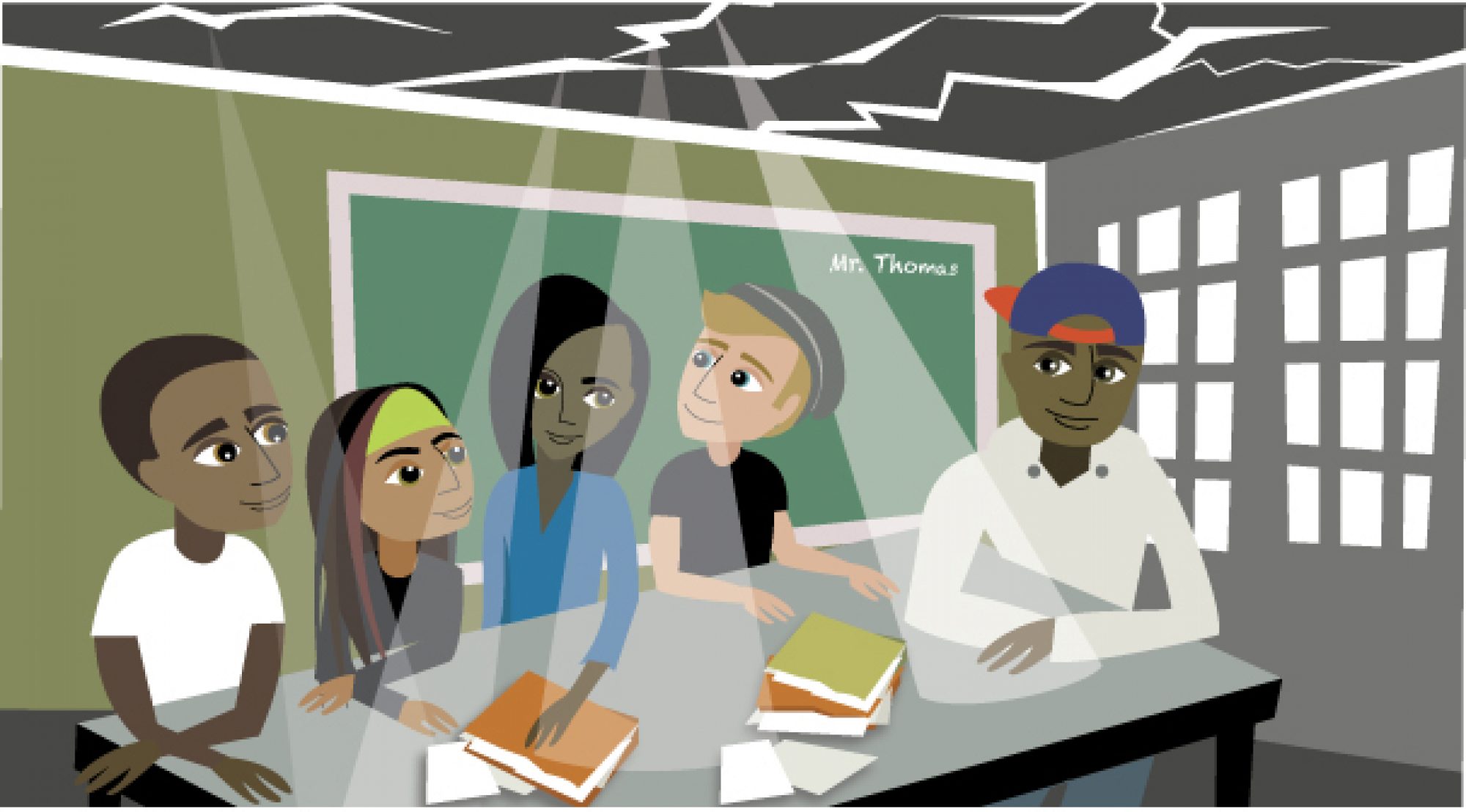
Now that our building has been closed for more than three weeks, we who teach are beginning to see under present circumstances how inadequate is the noun transition – as in transition to digital learning.
Just as marsh creatures simultaneously cease all sounds at the approach of a hurricane, teachers and administrators sensed a rapid drop in routine’s barometric pressure. Much to his credit, our alternative program’s principal took steps to stay ahead of the insinuated changes to teaching the novel coronavirus pandemic necessitated. Independently, at first, teachers began creating Google Classroom accounts at the same time the principal created a Google Drive document meant to our student’s access to technology at home. (Our district generated an online survey for the same purpose two weeks later.)
Those of us who follow the news closely anticipated the district’s closure announcement when we learned of the Governor’s planned press conference later that Thursday afternoon, March 12. Neighboring Ohio’s Governor DeWine shuttered the state’s schools that day and many assumed Indiana would prudently follow suit. However, Governor Eric Holcomb punted, allowing each district to make the call. An hour later, our district’s superintendent joined with those of all Marion County public school districts during a press conference with Indianapolis Mayor Joe Hogsett. The mayor ordered all county schools closed for two weeks, a period that ran until or overlapped Spring Break, effectively creating a three-week fire break.
For my colleagues and me, there was little time for superstition on Friday the 13th of this March. E-mail communication, though sparse, bore testimony that the preparatory work teachers began on or before Thursday was now being implemented. Requests for valid parent-phone numbers and e-mail addresses went out and updates were shared in exchanges among teachers. We were all working on various lists.
“Snag ahead!”
It was only later that I began to think of Mark Twain’s tales of the Mississippi paddlewheels as I updated my own communication lists. Like the riverboat pilots of the mid-19th century, we kept a sharp eye out for snags and quickly maneuvered around the obstacles as they came into sight. By mid-week of what was technically the last week of the grading period, I began to note on my own listing of student contacts those cell numbers that had responded to texts from my personal cell phone. Parent or guardian e-mails that responded to requested replies were shaded, in my case green, to delineate them from those e-mails with no responses.
Hell must certainly have frozen over with the spread of the epidemic as I would never before have even considered sharing my personal e-mail with parents or guardians. For those not in alternative education, such precautions may not resonate, but nevertheless, the snag identified by many of us obviated concerns about sharing our cell numbers.
With several iterations of texting and emailing parents, contact with parents began to reveal some progress, but even more obstacles. A small percentage of those households to whom calls, texts, and emails were sent resulted in replies.
All-calls to student homes from both the district and our principal were made asking parents to fill out the district technology survey, (mentioned above). Resource allocation decisions will be based upon the results.
More than ever, we teachers are preparing to provide engaging learning activities under a number of circumstances over which we have almost no control. In the meantime, there are plenty of metaphoric snags we can see, but we’re about to find out how many lie unseen just beneath the surface. We’ll either adapt to the novel circumstances of our transition will be like the Titanic transitioning to an artificial reef.

